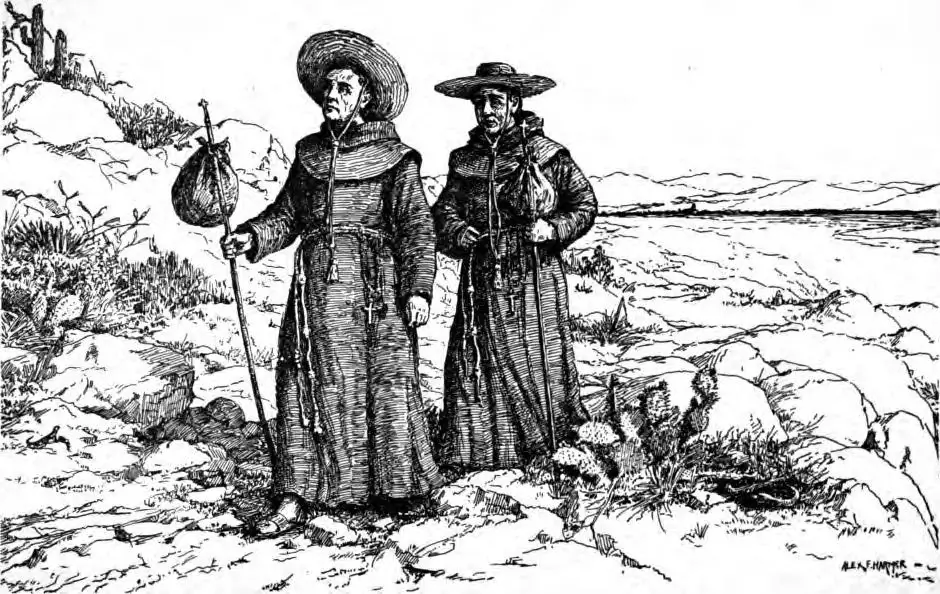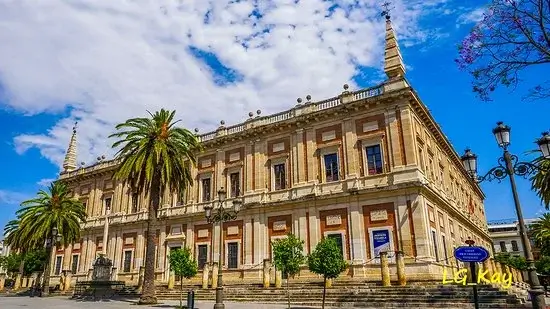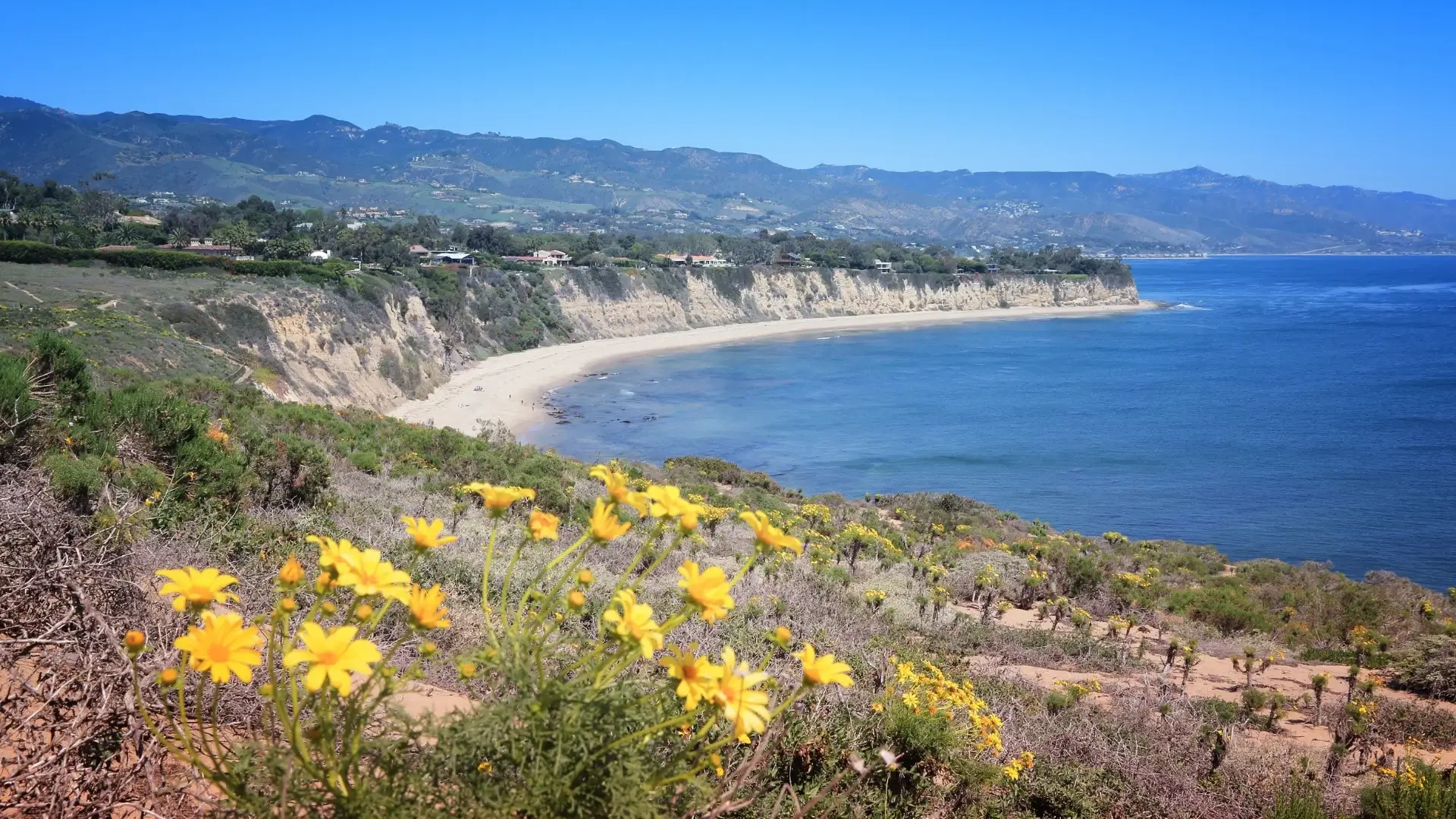La historia de los países no debe ser contada como una simple secuencia de eventos y fechas
porque eso convierte a ésta ciencia en algo muy aburrido y con ello se comete un grave error, pues genera desinterés en el pasado y es allí cuando recordamos esa célebre frase atribuida al poeta y filósofo estadounidense de origen español Jorge Agustín Nicolás Ruiz de Santayana y Borrás que dice: “Quien no conoce su historia está condenado a repetirla”.
En ese sentido, la historia de EEUU es muy rica y aún falta mucho por aprender sobre la presencia española y sus aportes en la región; por lo cual es necesario recordar que el Imperio español llegó a ocupar más del cincuenta por ciento del actual territorio de Estados Unidos y que en él estaba incluida “California” la cual se llamó así desde su descubrimiento Español.
En los tiempos del Rey Carlos III de España (1716-1788), fue enviado al “Escorial” un documento titulado “Situación geográfica y política de California” que reposa en el Archivo General de Indias el cual revela datos interesantes de cómo era la situación de aquél entonces.
En primer lugar, se hace una descripción de la zona, donde establecen que “California” es una península situada en el Mar Pacífico del Sur que tiene al poniente el Pacífico, al oriente el canal de los ríos Colorado, Pima, Gila, San Pedro y otros, al norte con “provincias y países desconocidos” y hacia el sur Nuevo México, Sonora y Nueva Galicia y especificaban que tenía un ancho de 25 leguas y hacia el interior 100 leguas.
Con respecto a la parte agrícola y pecuaria el manuscrito indica que la tierra no era fértil en producción, pero sí abundante en ganados y hace una llamada especial a la existencia de viñas cuyo vino describen como excelente. Por otro lado, también se hace referencia a la abundancia de otras riquezas tales como la presencia de minas de plata, oro y la pesca de perlas.
En cuanto a los puertos se habla de que los más importantes en ese momento eran el puerto del Cabo San Lucas y de San Joseph, donde recalan los barcos que llegan de Asia y las Filipinas cuyos viajes tardaban entre 6 y 7 meses y que entre los años de 1747 a 1749 arribaron naves de guerra holandesas con las que realizaron intercambios comerciales sin ningún problema. Sobre este punto es importante decir que en otros documentos españoles se informa también de las incursiones de otros países tales como Rusia e Inglaterra.

Franciscan Missionaries in California
En lo referente a los habitantes originales de la región, se aseguraba que su número no era grande, que fueron organizados en pueblos bajo la tutela de las “Misiones de la Orden de la Compañía de Jesús” y que en la conducción de la región existía un hecho irregular pues en el documento se expresa que “El gobierno espiritual, político, militar y eclesiástico” estaba en manos de estos clérigos, lo cual generó una situación muy conflictiva al punto de que se alertaba al Rey de lo sucedido y que tenía que tomar cartas en el asunto para restituir el equilibrio de los poderes; por lo que creemos que éste fue uno de los tantos problemas entre dicha Orden religiosa y la Corona Española en donde le Rey Carlos III terminó por expulsar a los Jesuitas de los dominios de España en marzo de 1767.
Dr. Carlos G. Cruz H.
Miembro Correspondiente de la Academia Nacional de la Historia, Venezuela.
Miembro Correspondiente de la Academia Venezolana de la Lengua, Correspondiente a la Real Academia Española.
The history of countries should not be told as a simple sequence of events and dates
because that turns a science into something quite boring, and thus one makes serious mistake. It generates disinterest in the past, and that is when we remember that famous phrase attributed to the American poet and philosopher of Spanish origin Jorge Agustín Nicolás Ruiz de Santayana y Borrás: “He who does not know his history is condemned to repeat it.”
In that sense, the history of the USA is very rich, and there is still much to learn about the Spanish presence and their contributions in this region; for which, it is necessary to remember that the Spanish Empire came to occupy more than fifty percent of the current territory of the United States and that it included “California,” which has been named as such since the Spanish presence.

General Archive of the Indies in Seville
In the times of King Charles III of Spain (1716-1788), a document entitled “Geographical and Political Situation of California” was sent to the palace and monastery “El Escorial.” It is now kept in the General Archive of the Indies in Seville, and it reveals interesting data about that time.
First, there is a description of the area, where the authors establish that “California” is a peninsula located in the South Pacific Sea. To the west is the Pacific, to the east the channel of the Colorado, Pima, Gila, San Pedro and other rivers, to the north “unknown provinces and countries,” and to the south New Mexico, Sonora and Nueva Galicia, and they specified that it had a width of 25 leagues and to the interior 100 leagues.
With respect to agriculture and livestock, the manuscript indicates that the land was not fertile in production, but abundant in livestock, and it makes a special reference to the existence of vineyards whose wine is described as “excellent.” On the other hand, reference is also made to the abundance of other riches such as the presence of silver and gold mines and pearl fishing.
As for the ports, the document mentions that the most important of the time were the port of Cabo San Lucas and San Joseph, where the ships arriving from Asia and the Philippines landed, whose voyages took between 6 and 7 months. Between 1747 and 1749, Dutch warships arrived and traded with them without any problems. To this point, it is important to note that other Spanish documents also report the incursions of other countries such as Russia and England.
Regarding the original inhabitants of the region, the Spanish assured that their number was not great, that they were organized in towns under the tutelage of the “Missions of the Order of the Society of Jesus,” and that in the management of the region there was something irregular. The document expresses that “the spiritual, political, military and ecclesiastical government” was in the hands of these clerics, which generated a very controversial situation to the point that the King was alerted of what happened and was forced to take action in the matter to restore the balance of powers. From what we see here, we believe that this was one of the many stated problems between the religious order and the Spanish Crown when King Charles III ended up expelling the Jesuits from the dominions of Spain in March of 1767.
Dr. Carlos G. Cruz H.
Corresponding Member of the National Academy of History, Venezuela.
Corresponding Member of the Venezuelan Academy of Language, Corresponding to the Royal Academy of the Spanish language.





